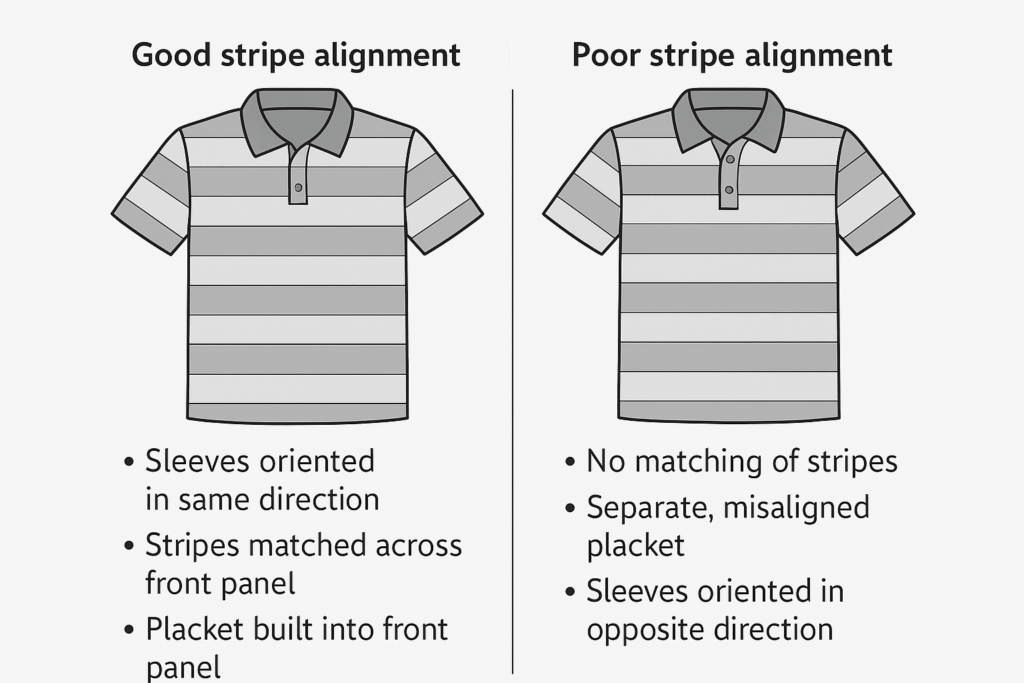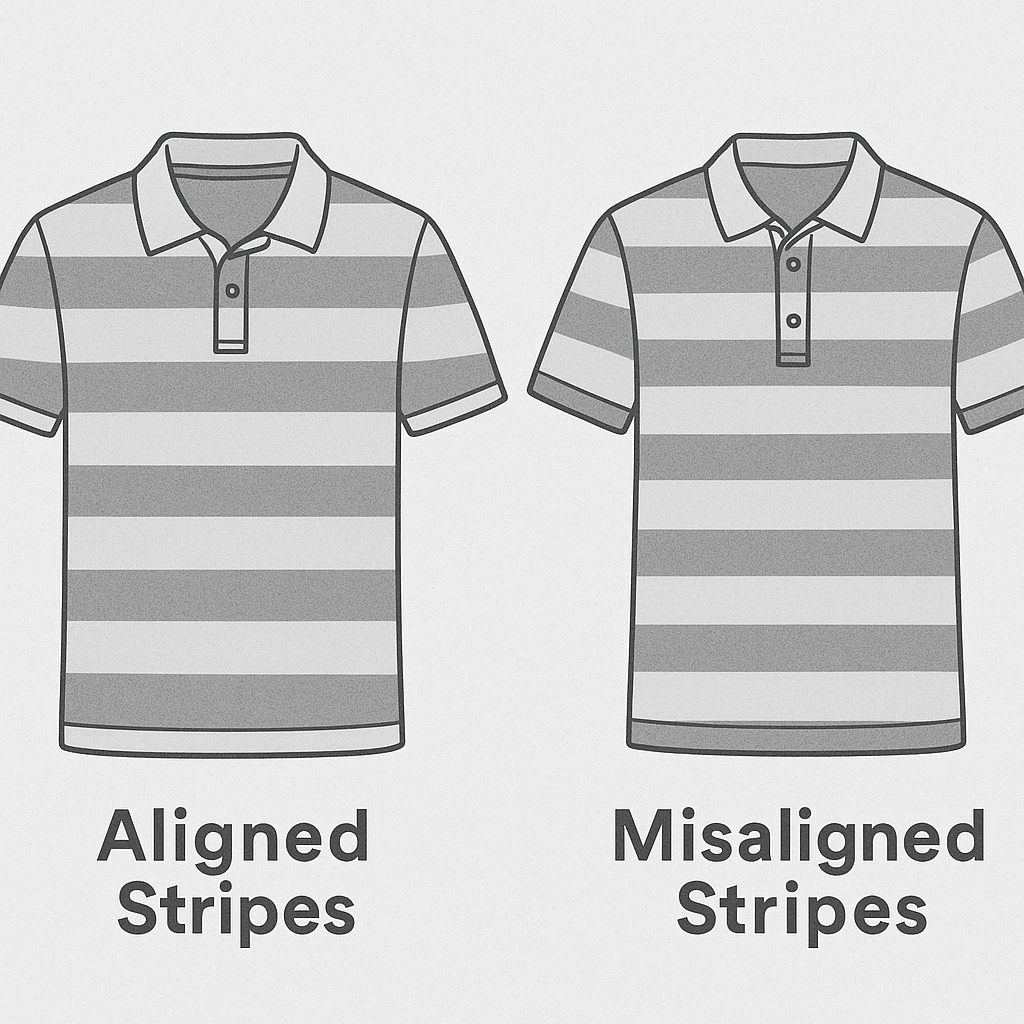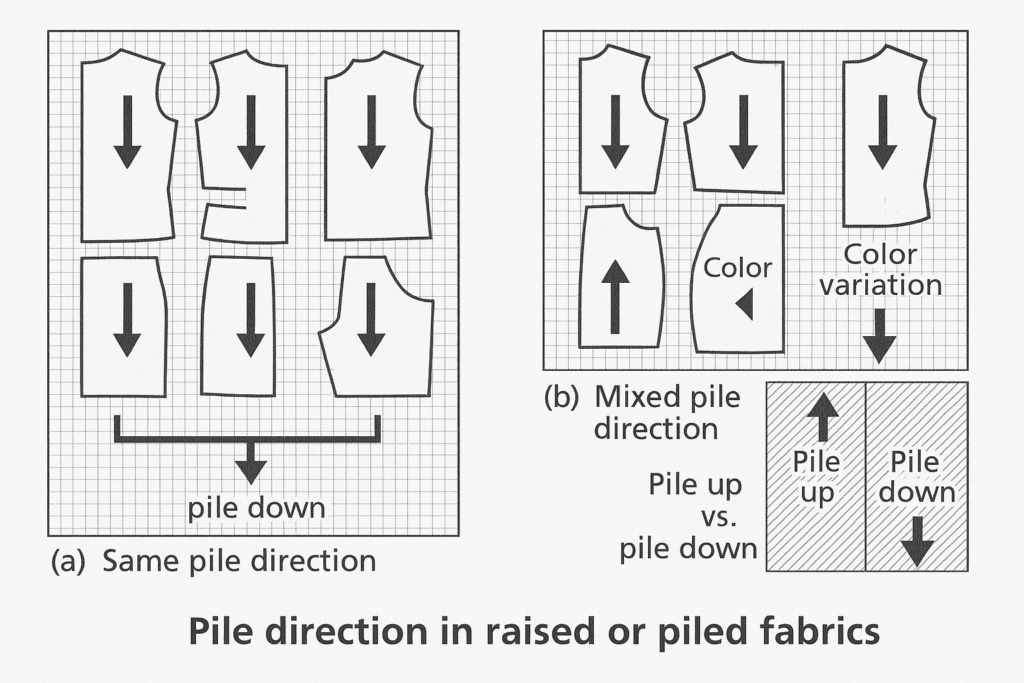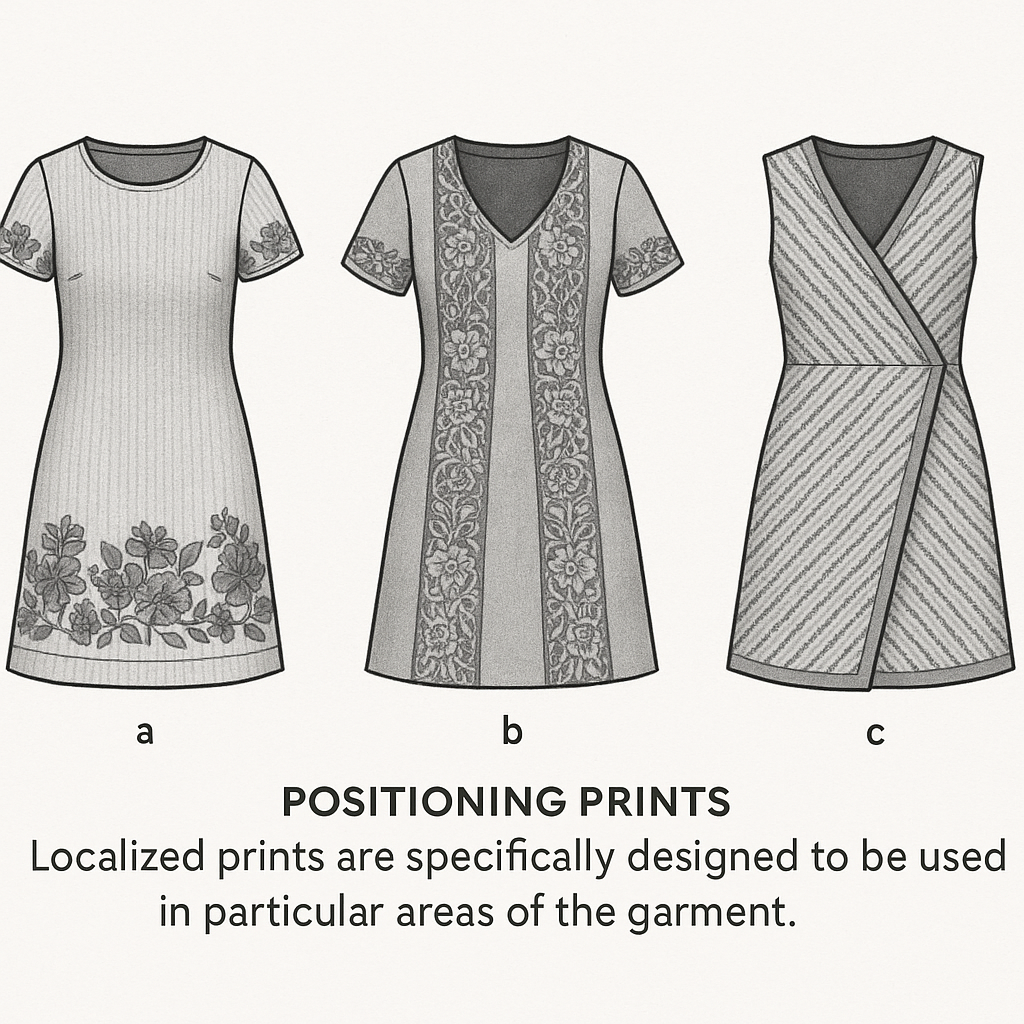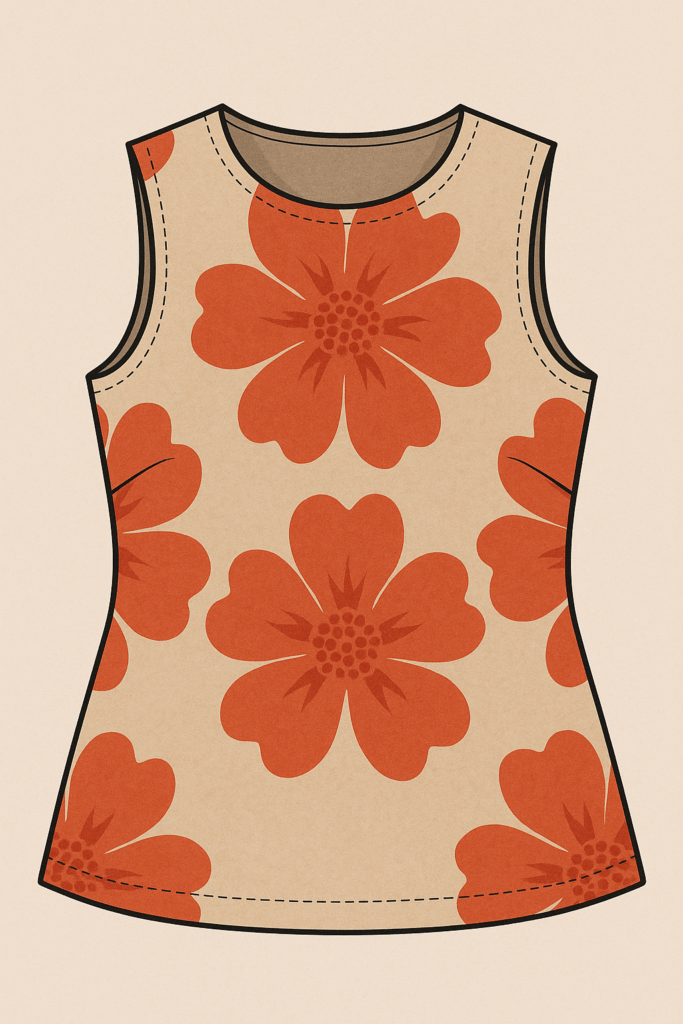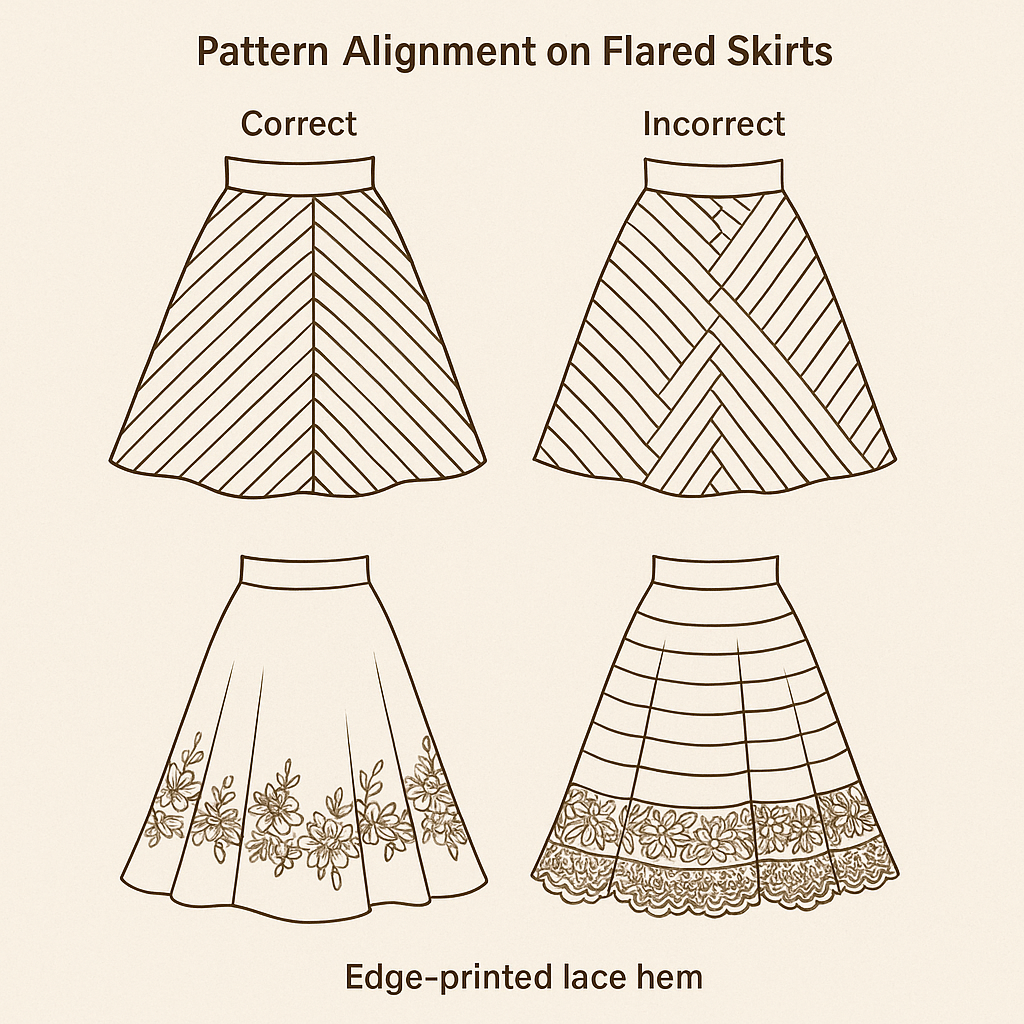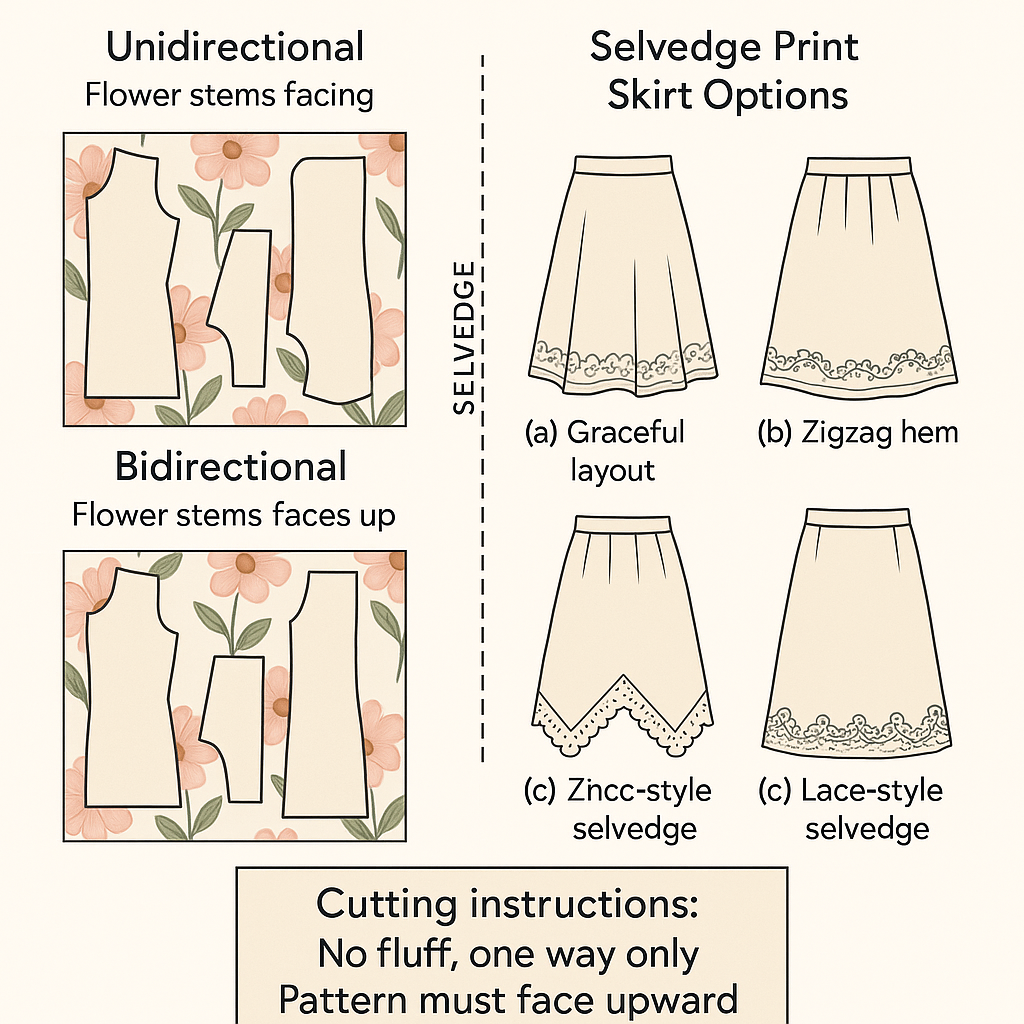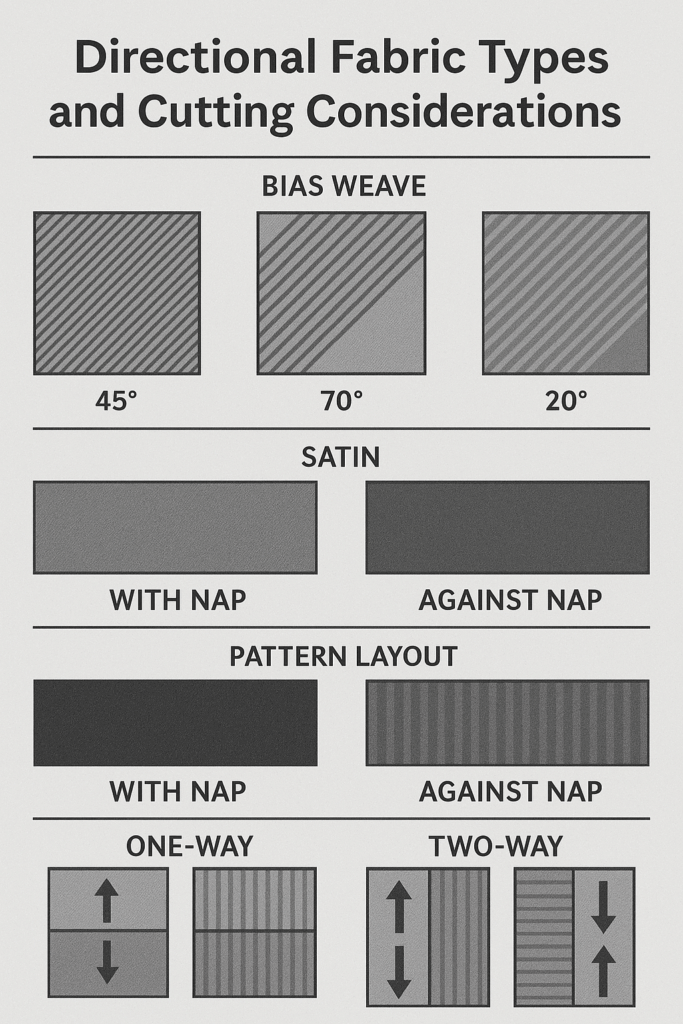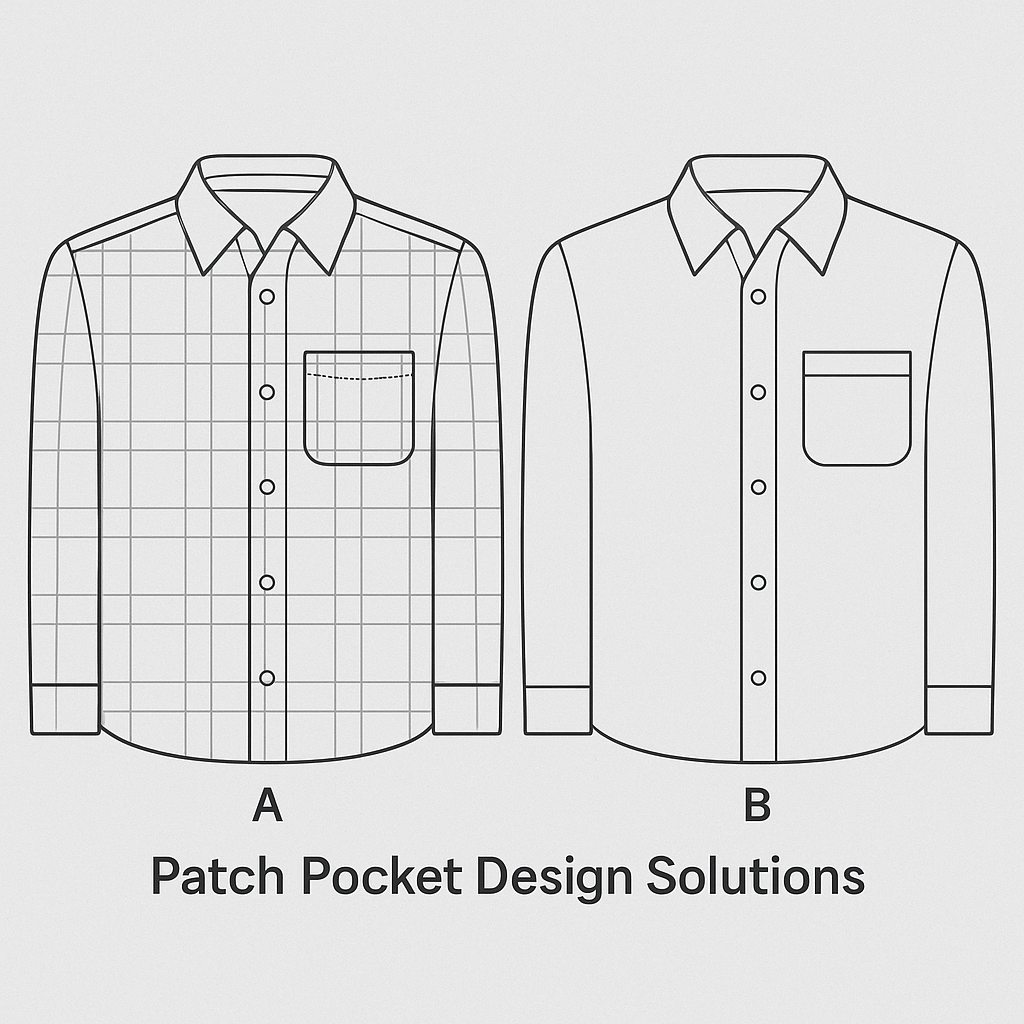Why Fabric Selection and Cutting Technique Define Garment Quality
🧵 Why Fabric Selection and Cutting Technique Define Garment Quality Introduction Fabric is not just a raw material — it’s the foundation of garment quality. From the feel of the fabric to the way it holds shape after washing, the material chosen directly influences how a product looks, fits, and performs. Whether you’re a fashion …
Why Fabric Selection and Cutting Technique Define Garment Quality Read More »
